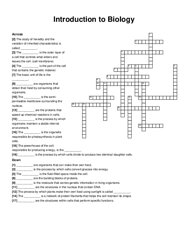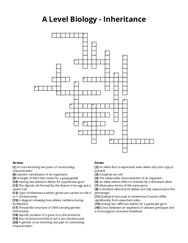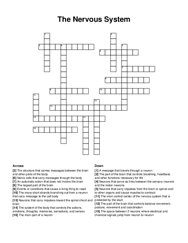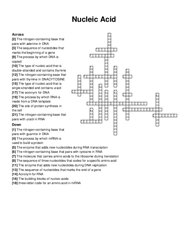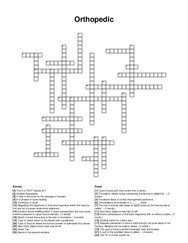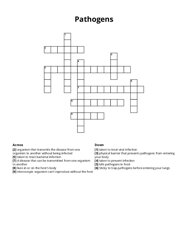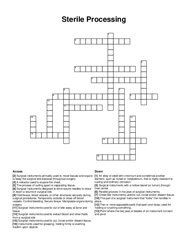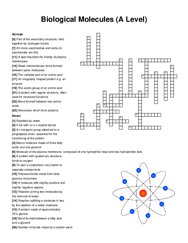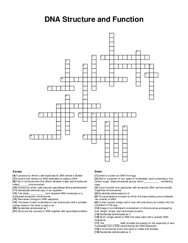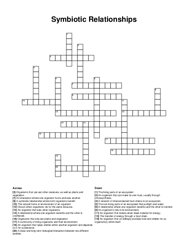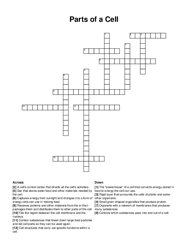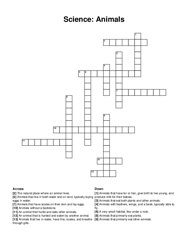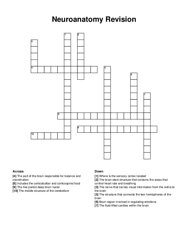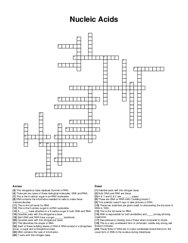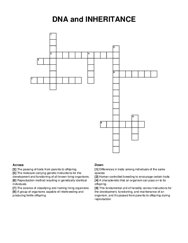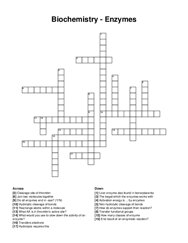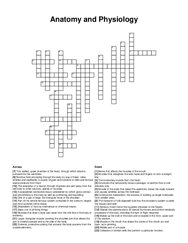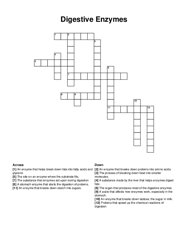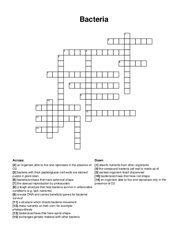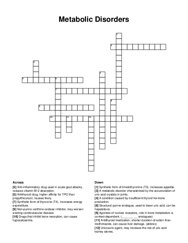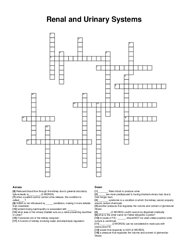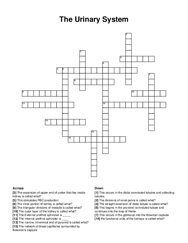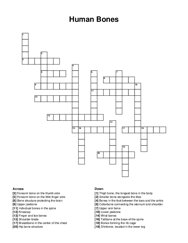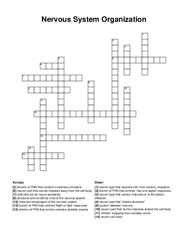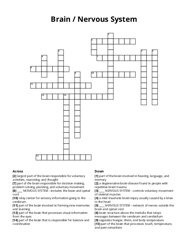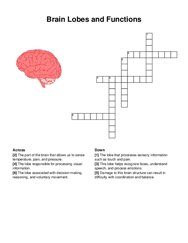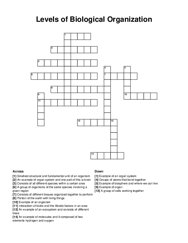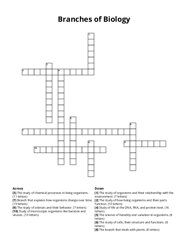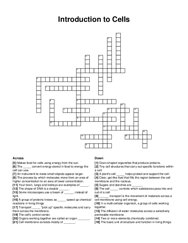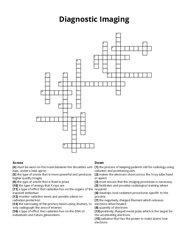Categories
- Agriculture / Farm
- Animals
- Arts / Crafts
- Beauty / Fashion
- Books / Literature
- Business / Finance
- Cities / Places
- Computers / IT
- Ecology / Climate
- Electronics
- Energy / Utilities
- Food / Drinks
- General
- Geography
- Geology
- Health / Fitness
- History
- Home / Garden
- Jobs / Education
- Kids / School
- Law / Government
- Music / Movies / TV
- News / Media
- Occasions
- Christmas
- Easter
- Halloween
- New Year
- Saint Patrick's Day
- Thanksgiving
- Valentine's Day
- Outdoors
- Religion / Belief
- Safety / Prevention
- Science
- Astronomy
- Biology
- Chemistry
- Physics
- Seasonal
- Society / Culture
- Sports
- Tools / Equipment
- Travel / Tourism
- Vehicles
Biology Crossword Puzzles
Free printable biology crossword puzzles. Download pre-made or create your own Crossword using our crossword maker. Simply download, print and start playing or play online.
the basic unit of life is the _ , _ are the structures within cells that perform specific functions, the process by which plants make their own food …
any chromosome that is not a sex chromosome, a genetic cross involving one pair of contrasting characteristics, specific position of a gene on a …
the largest part of the brain, neurons that carry impulses toward the spinal chord and brain, neurons that carry impulses from the brain or spinal …
the building blocks of nucleic acids, the nitrogen-containing base that pairs with adenine in dna, the nitrogen-containing base that pairs with …
this type of bone is where haversian units are located, type of fracture where the bone is broken or splintered into pieces, shallow depression, a …
organism that transmits the disease from one organism to another without being infected, taken to treat viral infection, physical barrier that …
hold tissue, blood vessels, or other structures securely during surgical procedures. temporarily occlude or close off blood vessels. control bleeding. …
the acidic group of an amino acid, a protein with regular structure, often used for structural functions, to spin a suspension very faster to separate …
type of protein that associates with eukaryotic dna and structurally organizes chromosomes, process by which cells become specialized during …
the non-living parts of an ecosystem like sunlight and water, an organism that can make its own food, usually through photosynthesis, the natural home …
the "powerhouse" of a cell that converts energy stored in food to energy the cell can use, captures energy from sunlight and changes it to a …
animals that primarily eat plants, animals that primarily eat other animals, animals that eat both plants and other animals, animals that have fur or …
brain region involved in regulating emotions, the brain stem structure that contains the areas that control heart rate and breathing, the five paired …
guanine pairs with this nitrogenous base, t pairs with this nitrogen base, this nitrogenous base replaces thymine in rna, both dna and rna have a …
differences in traits among individuals of the same species , reproduction method resulting in genetically identical individuals , human-controlled …
how many classes of enzyme, non-hydrolytic cleavage of bonds, transfers electrons, how do enzymes support their reaction?, what would you use to slow …
external, protective coating that protects the body systems from the outside elements, collection of similar cells that perform a particular function, …
an enzyme that breaks down starch into sugars, an enzyme that breaks down proteins into amino acids, an enzyme that helps break down fats into fatty …
bacteria/archaea that have spherical shape, bacteria/archaea that have rod shape, bacteria/archaea that have spiral shape, the compound bacteria cell …
drugs that inhibit bone resorption, can cause hypocalcaemia, agonists of nuclear receptors, role in bone metabolism is context-dependent. ( _ _ …
functional unit of the kidney (singular), tubule that responds to adh (2 words), _ syndrome is a condition in which the kidney cannot properly absorb …
the functional units of the kidneys is called what?, this occurs in the distal convoluted tubules and collecting tubules, the expansion of upper end …
bone structure protecting the brain, thigh bone, the longest bone in the body, shinbone, located in the lower leg, smaller bone alongside the tibia, …
structural and functional units of the nervous system, neuron part that carries impulses away from the cell body, neuron part that carries impulses …
relay center for sensory information going to the cerebrum, part of the brain involved in hearing, language, and memory, _ nervous system - controls …
the lobe responsible for hearing and memory, the part of the brain that controls balance and coordination, the lobe that processes sensory information …
an example of molecules and it composed of two elements hydrogen and oxygen, consists of different tissues organized together to perform, interaction …
the study of animals and their behavior. (7 letters), the branch that deals with plants. (6 letters), study of microscopic organisms like bacteria and …
in a multi-cellular organism, a group of cells working together, the cell's control center, grain-shaped organelles that produce proteins, some …
facilitates and provides radiological training where required, must ensure that the imaging procedure is necessary, develops local radiation …
